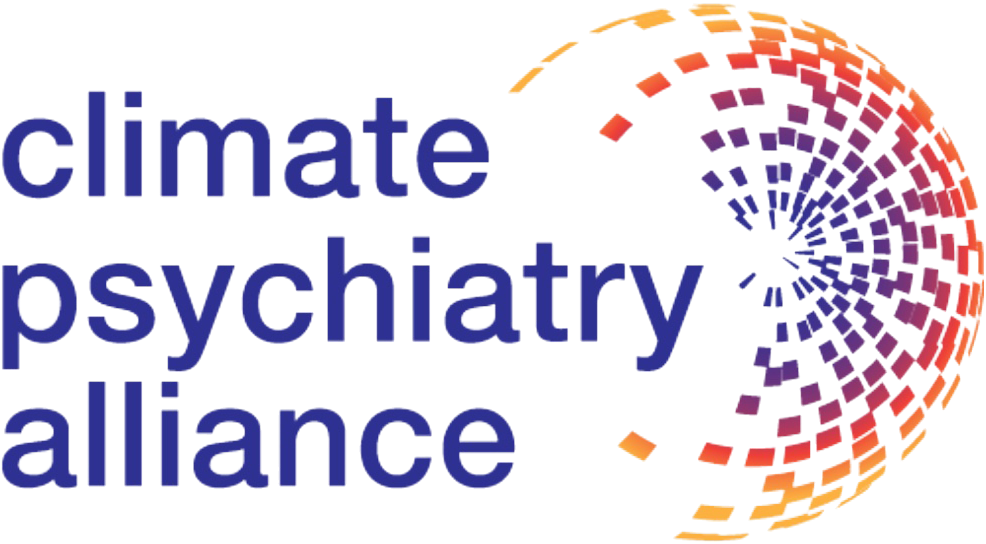Climate Change And Toxicant Exposure Risks
James Fleming, MD
In recent years, the relationship between the adverse health effects of climate change and exposure to toxic chemicals and other pollutants has become clear. In the case of air pollutants and climate change, the connection is direct and closely correlated by virtue of a common element: combustion of fossil fuels. Burning of coal, oil and natural gas is the major human-caused contribution to rising carbon dioxide (87%) levels.
The dramatic increase in CO2 levels over the last century are the major contributors to both planetary warming and air pollution.
Source: Le Quéré, C. et al. (2013). The global carbon budget 1959-2011. (1)
Chemical toxicants in both volatile substances (e.g. polyaromatic hyydrocarbons, PAHs) and other pollutants become incorporated into micro-particulates (2,3). These micro-particulates are known pulmonary irritants. In addition, recent data indicates that some of these micro–fine particles are inhaled directly via the olfactory system with direct transmission to brain tissue leading CNS damage and neurotoxicity. (http://uphe.org/air-pollution-health/the-brain/)
There is now evidence linking pollution exposure to neuro-developmental and neuro-degenerative disorders. Stroke, dementia, Parkinson’s disease, cognitive impairments signs of early brain aging and even depression have been linked to air pollution. Children, and pregnant women are particularly vulnerable with studies indicating links between air-pollution exposure and numerous developmental problems including autism, ADHD, neurobehavioral problems and lower IQ.(3,4,5,6,7)
Other aspects of the relationship between climate change and toxicants are less direct but no less dangerous to human health including mental health. For example, it has been clear that steadily rising temperatures leads to more frequent and severe natural disasters which in turn can cause damage and leakage from waste treatment facilities, exposing local populations to toxicants and contaminants in water, air and soil. This was a particular concern in the Houston, TX area following Hurricane Harvey in 2017.(8) Disruption of access to potable water following Hurricane Maria led some Puerto Ricans to access water from contaminatedSuperfund sites. (9)
Since early 2017, the new Administration in the U.S. federal government has attempted to systematically dismantle decades of environmental protections which have the potential to exacerbate the above risks even more. The Administration’s preference for industry scientists over government scientists along with increased involvement of industry in the regulatory process also presents an imminent threat to public health and safety. Engagement by physicians, scientists, child and health advocates and society in general is needed to reverse these dangerous trends. See Physicians Action on CC.
References
1. Le Quere, C., Peters, G. P., Andres, R. J., Andrew, R. M., Boden, T., and al., et. Global Carbon Project: the 2013 global carbon budget (includes V.1.1, Nov2013, V.1.3, Dec2013, V.2.3, June2014, and V.2.4, July2014). United States: N. p., 2013. Web. 5.5
2. Perera. Multiple Threats to Child Health from Fossil Fuel Combustion: Impacts of Air Pollution and Climate Change, Environmental Health Perspectives, 2017 Commentary https://www.ncbi.nlm.nih.gov/pmc/articles/PMC5289912/
3. Sram, RJ, et al. The impact of air pollution to central nervous system in children and adults. Neuro Endocrinol Lett. 2017 Dec;38(6):389-396. (https://www.ncbi.nlm.nih.gov/pubmed/29298278)
4. Calderón-Garcidueñas L, Calderón-Garcidueñas A, Torres-Jardón R, Avila-Ramírez J, Kulesza RJ, Angiulli AD. Air pollution and your brain: what do you need to know right now. Prim Health Care Res Dev. 2014 Sep 26:1-17
5. Calderón-Garcidueñas L, et al. Brain inflammation and Alzheimer's-like pathology in individuals exposed to severe air pollution. Toxicol Pathol. 2004 Nov -Dec. https://www.ncbi.nlm.nih.gov/m/pubmed/15513908/
6. Calderon-Garciduenas L, Solt AC, et al. Long-term air pollution exposure is associated with neuroinflammation, an altered innate immune response, disruption of the blood-brain barrier, ultrafine particulate deposition, and accumulation of amyloid beta-42 and alpha-synuclein in children and young adults. Toxicol Pathol. 2008;36(2):289-310. Epub 2008 Mar 18 https://www.ncbi.nlm.nih.gov/pubmed/18349428
7. Guxens, Mònica, et al. Air Pollution Exposure During Fetal Life, Brain Morphology, and Cognitive Function in School-Age Children, Biological Psychiatry. 2018 Jan 31. pii: S0006-3223(18)30064-7. doi: 10.1016/j.biopsych.2018.01.016.
https://www.ncbi.nlm.nih.gov/pubmed/295302
8. Bajak F, Olsen, L. " 'Nothing Short of Catastrophic.' Hurricane Harvey's Toxic Impact Worse Than Publicly Reported, Records Show." Time Magazine, March 22, 2018
http://time.com/5210819/hurricane-harvey-houston-toxic-impact/
9. Panditharantne, M “New Data: 2 Million Puerto Ricans Risk Water Contamination”, NRDC Blog. Dec 11, 2017
https://www.nrdc.org/experts/mekela-panditharatne/over-2-million-puerto-ricans-risk-bacteria-water/



